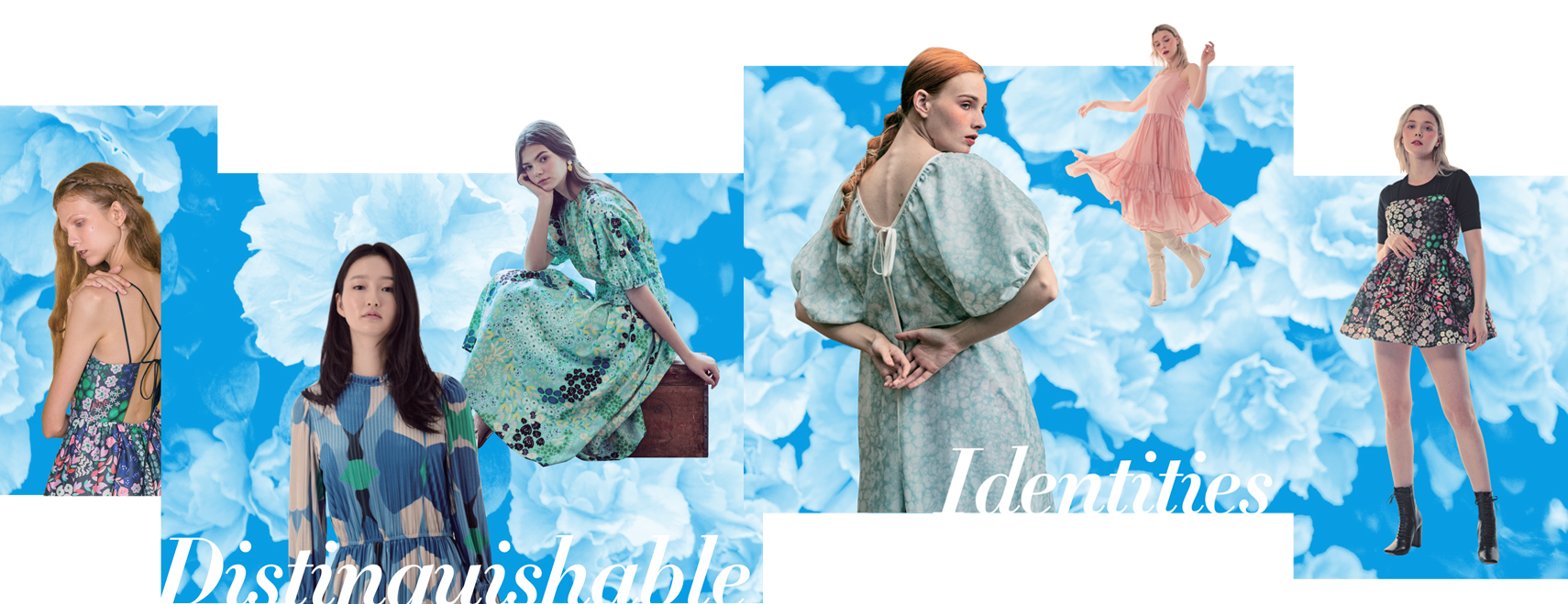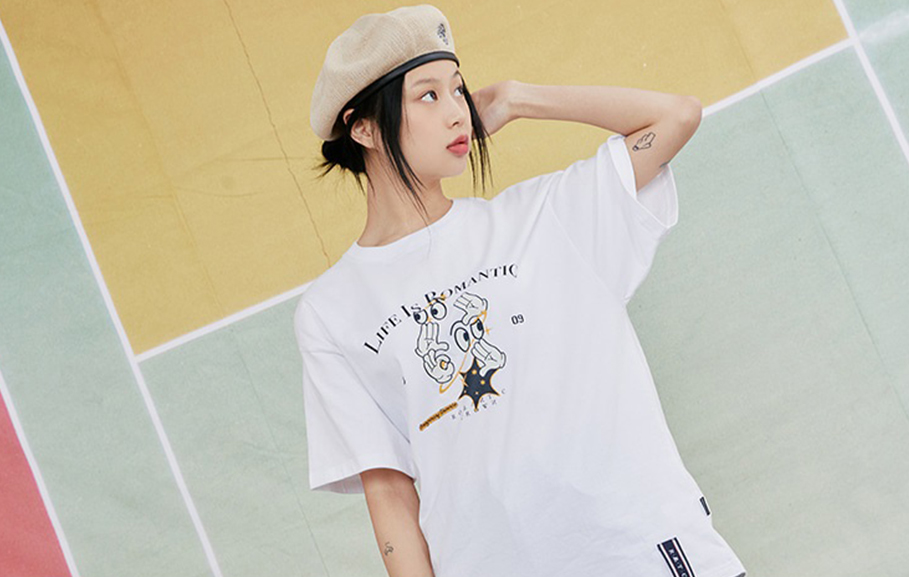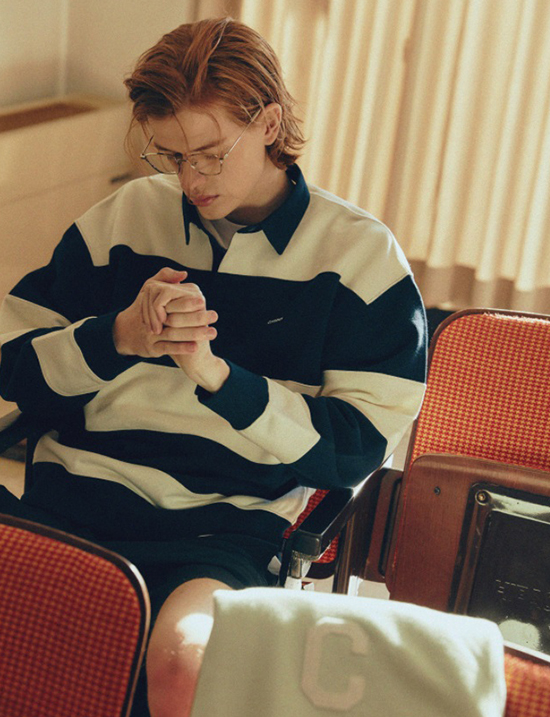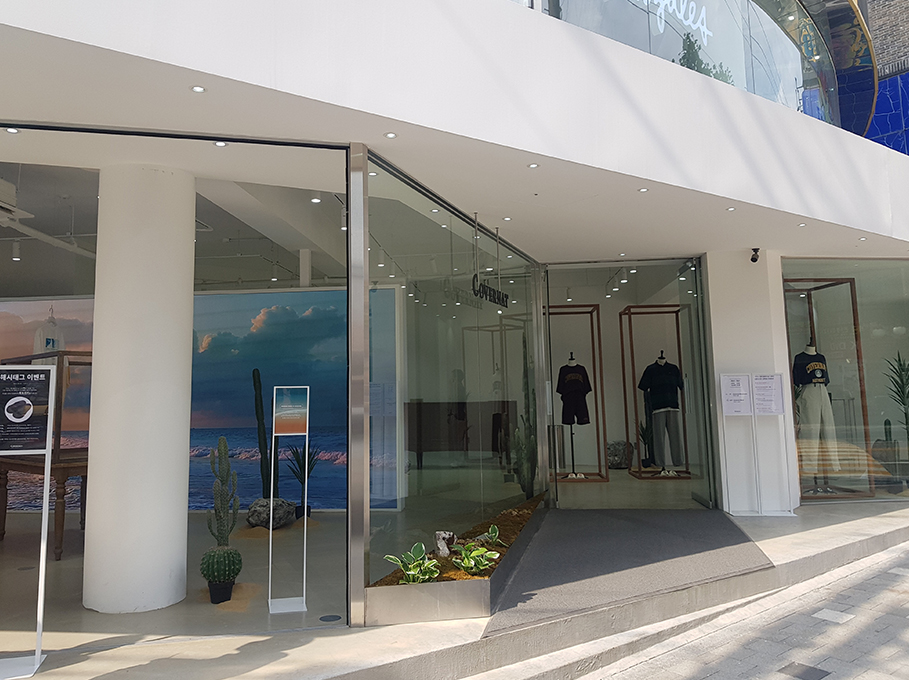July 2021

July 2021
The Korean fashion industry is currently undergoing a drastic power shift. Though the pandemic accounts for some of it, the shift is more due to the decades-long buildup of e-commerce and independent labels that have managed to grow based on digital platforms.
Written by
Jung Ingi,
managing editor of Fashion Insight
Photo Courtesy of
TIBAEG & Fashion Insight

Contrary to “major” or established brands that had held a formidable grasp over brick-and-mortar stores, often decked out with luxurious displays, more accessible channels and their operatives have paved more diverse ways to grant independent labels a platform. Though such labels may start out way smaller in scale or sales, there have been successful examples of leveraging such e-commerce platforms, especially the likes of ABLY, W Concept, MUSINSA and ZIGZAG, to disrupt the power dynamics of the industry. Though each brand may start out small, these listed platforms carry 3,000-4,000 labels, and even up to 9,000 in some cases.
 © RMTCRW
© RMTCRW
 The competency of indie fashion labels often lies in their eclectic brand identity, fluid inclusivity and multi-faceted charms. © Covernat
The competency of indie fashion labels often lies in their eclectic brand identity, fluid inclusivity and multi-faceted charms. © Covernat
The Korean indie fashion scene properly took off when the curated fashion shop Åland opened its first branch in 2005 in the Hongik University (“Hongdae”) neighborhood, a fashion hotspot. Though consisting mainly of foreign designer labels, Åland also included many domestic designer brands, each of which began gaining recognition for their own distinguishable charm. As such, their unique traits captured consumer interest. Since then, Åland has opened branches in Garosu-gil and Myeong-dong, very fashion-forward neighborhoods in Seoul frequented by many tourists.
In addition, other curated shops like Wonderplace and Around the Corner cropped up, offering a greater spectrum of leading teenage fashion brands. Even for new talent in the fashion scene, such casual shops offered significant liberty in the type of channels to which they introduced their work or through which they accessed customers.
A subsequent turning point for the industry that reinforced the presence of indie labels was the Indie Brand Fair, co-hosted by the Korean Fashion Industry Association (KFA) and Fashion Insight. On the first opening of the fair in 2011, 72 brands participated; subsequent years garnered 150 to 200 indie labels. Brands such as TIBAEG, thisisneverthat, Low classic and VLEEDA successfully leveraged the fair as gateways to their audience, and ultimately, fans. As of 2019, the fair has featured up to 2,000 brand labels.
 The 2018 Indie Brand Fair was held at the Seoul Trade Exhibition & Convention center in Gangnam, Seoul. ©Yonhapnews
The 2018 Indie Brand Fair was held at the Seoul Trade Exhibition & Convention center in Gangnam, Seoul. ©Yonhapnews
Since the domestic financial crisis of 1997, the Korean fashion scene has been focused on “mass value.” Fitting examples include easy casuals like Giordano, MARU and TBJ or cost-friendly formals like Crocodile Ladies and Zishen. Department stores or malls also heeded the trend and pulled in many cheap brands. In the late aughts, previously online-based brands like Style NANDA, NANING9 and Imvely made their way into traditionally luxury-focused department stores.
It was in this atmosphere that indie labels arose and grabbed the attention of fashion leaders who sought a more unique identity.
Though many indie fashion labels were able to leverage offline curated shops for customer acquisition, the outset wasn’t easy. Unlike deals granted to designer brands, domestic curated shops opt for commission-reliant and largely incentive-based remuneration. As such, increased channels or modes of meeting customers amplified the risk of a larger inventory base and other logistical matters.
Despite the risks that have gone as far as to put designers in great debt due to inventory mismanagement, e-commerce platforms emerged, resulting in a turning point for indie fashion. MUSINSA started off as a shoe aficionados’ community in 2001; through what is often dubbed sheer “organic growth,” it pivoted to a commerce store or platform, rising to join the ranks of Korean unicorn startups.
The platform also led brands like covernat, thisisneverthat, LMC and RMTCRW toward success and widespread recognition. Soon, the establishment of its female counterpart Wusinsa followed. As such, the platform label continues to act as a platform where street casual and designer brands meld. The platform W Concept focuses more on designer brands and fostered the growth of Low classic, Anderssen Bell, KYE, TIBAE and NILBY P, among many others.


TIBAEG, acclaimed the most exceptional brand of the 2011 Indie Brand Fair, grabbed the interest of many foreign retailers, especially at fairs like the TRANOI fashion trade show in Paris, premier marketplace COTERIE in New York and Capsule's fashion trade show in Los Angeles. Likewise, brands like Low classic and ROCKET X LUNCH have been recognized for their own specialities, resulting in steady sales despite the coronavirus.
These developments partly owe themselves to the exponential power of K-pop, B-boy street dancing and Hallyu in general. But efforts on behalf of the brands need not be overlooked: distinguishable brand identity, savvy and visually enticing components form the foundation for success.
Brands that have gained considerable stardom in global markets include ADER ERROR, Andersson Bell, acme de la vie (ADLV) and We11done, the last founded by Kwon, the sister of K-pop star and style icon G-Dragon.
Though talent is a great factor, you also need the power of execution to make it happen, from planning and branding to development and marketing. In other words, the composite process of “management” needs to back the bristling energy of creative ability.